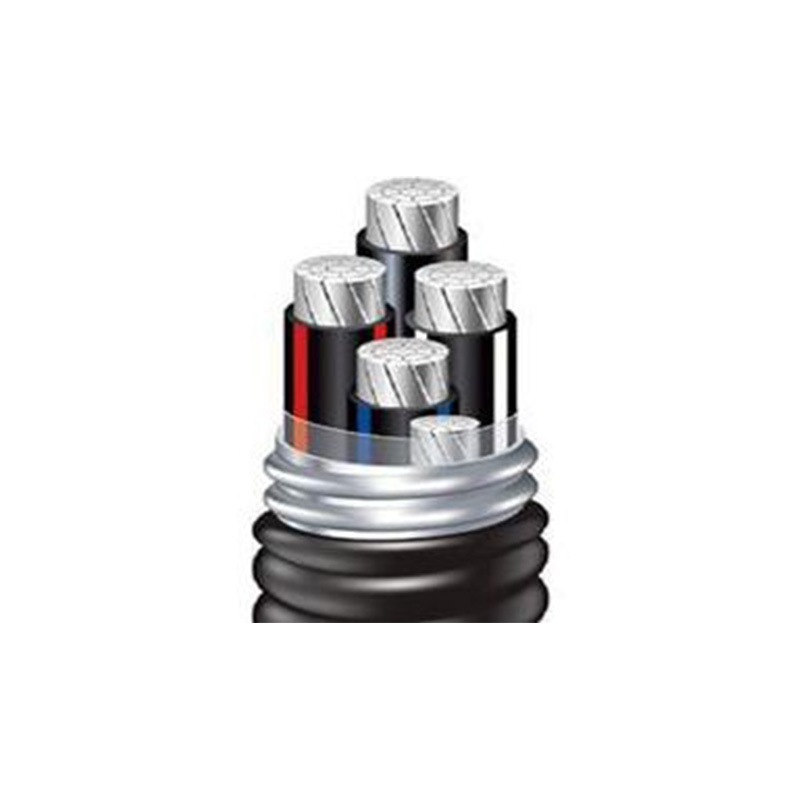10 月 . 07, 2024 21:45 Back to list
cast steel check valve
Understanding Cast Steel Check Valves Design, Function, and Applications
Cast steel check valves are essential components widely used in various industries for fluid control and protection of piping systems. Recognized for their durability and reliability, these valves play a crucial role in preventing backflow, ensuring the smooth operation of pumps and equipment.
What is a Cast Steel Check Valve?
A check valve is a type of valve that allows fluid to flow in one direction only. Cast steel check valves are made from cast steel materials, which provide strength and versatility under high-pressure conditions. These valves are known for their resistance to corrosion and wear, making them suitable for demanding applications in sectors such as oil and gas, water treatment, and chemical processing.
Design and Structure
The design of cast steel check valves typically includes a body, a disc (or flap), and a seat
. The body is the main structure that houses the internal components and is engineered to withstand high pressures. The disc acts as a barrier that opens when the fluid flows in the designated direction and closes automatically when there is a reversal of flow. This automatic closure prevents backflow, protecting the integrity of the system.There are various types of check valves, including swing check valves, lift check valves, and diaphragm check valves, each serving different operational needs. Swing check valves, for instance, have a hinged disc that swings open with flow and swings back to close against the seat when flow reverses. This design minimizes pressure loss and is favored in many applications.
cast steel check valve

Advantages of Cast Steel Check Valves
The use of cast steel in valve manufacturing offers several advantages. Cast steel check valves demonstrate high strength and durability, capable of functioning effectively under extreme conditions. Their capacity to withstand high temperatures and pressures makes them ideal for applications in power generation and chemical processing. Moreover, the material provides excellent fatigue resistance, increasing the lifespan of the valve and reducing maintenance costs.
Another advantage is their versatility in design and size, allowing them to fit various piping systems. Customization options are often available to meet specific operational requirements, making these valves suitable for both standard and specialized applications.
Applications
Cast steel check valves are used across a wide range of industries. In the oil and gas sector, they protect pipelines by preventing backflow that could cause leaks or equipment damage. In water treatment facilities, these valves help maintain proper flow direction, ensuring efficient processing and distribution of water. Furthermore, their use in heating systems is essential for preventing the return of cooled water, enhancing the efficiency of heating processes.
In conclusion, cast steel check valves are vital components in modern engineering. Their robust design, reliability, and adaptability make them indispensable in managing fluid dynamics across various industries. As technology advances, the development of these valves continues to evolve, ensuring they meet the increasing demands of safety and efficiency in fluid management systems.
Share
-
Understanding the Differences Between Wafer Type Butterfly Valve and Lugged Butterfly ValveNewsOct.25,2024
-
The Efficiency of Wafer Type Butterfly Valve and Lugged Butterfly ValveNewsOct.25,2024
-
The Ultimate Guide to Industrial Swing Check Valve: Performance, Installation, and MaintenanceNewsOct.25,2024
-
Superior Performance with Industrial Swing Check Valve: The Essential Valve for Any SystemNewsOct.25,2024
-
Industrial Swing Check Valve: The Ideal Solution for Flow ControlNewsOct.25,2024
-
You Need to Know About Industrial Swing Check Valve: Functionality, Scope, and PerformanceNewsOct.25,2024